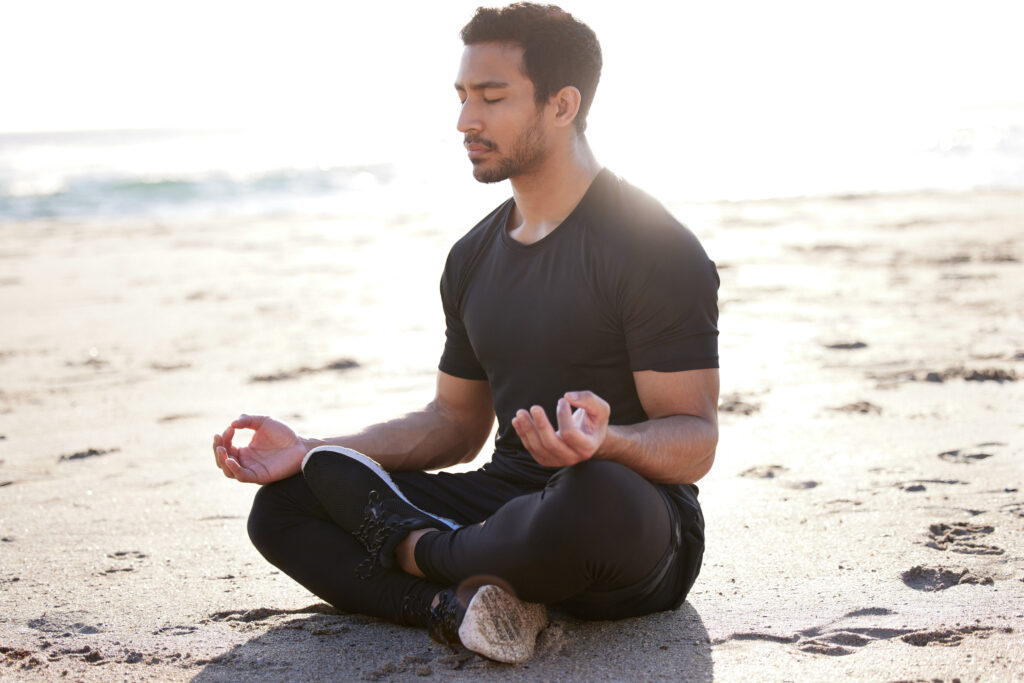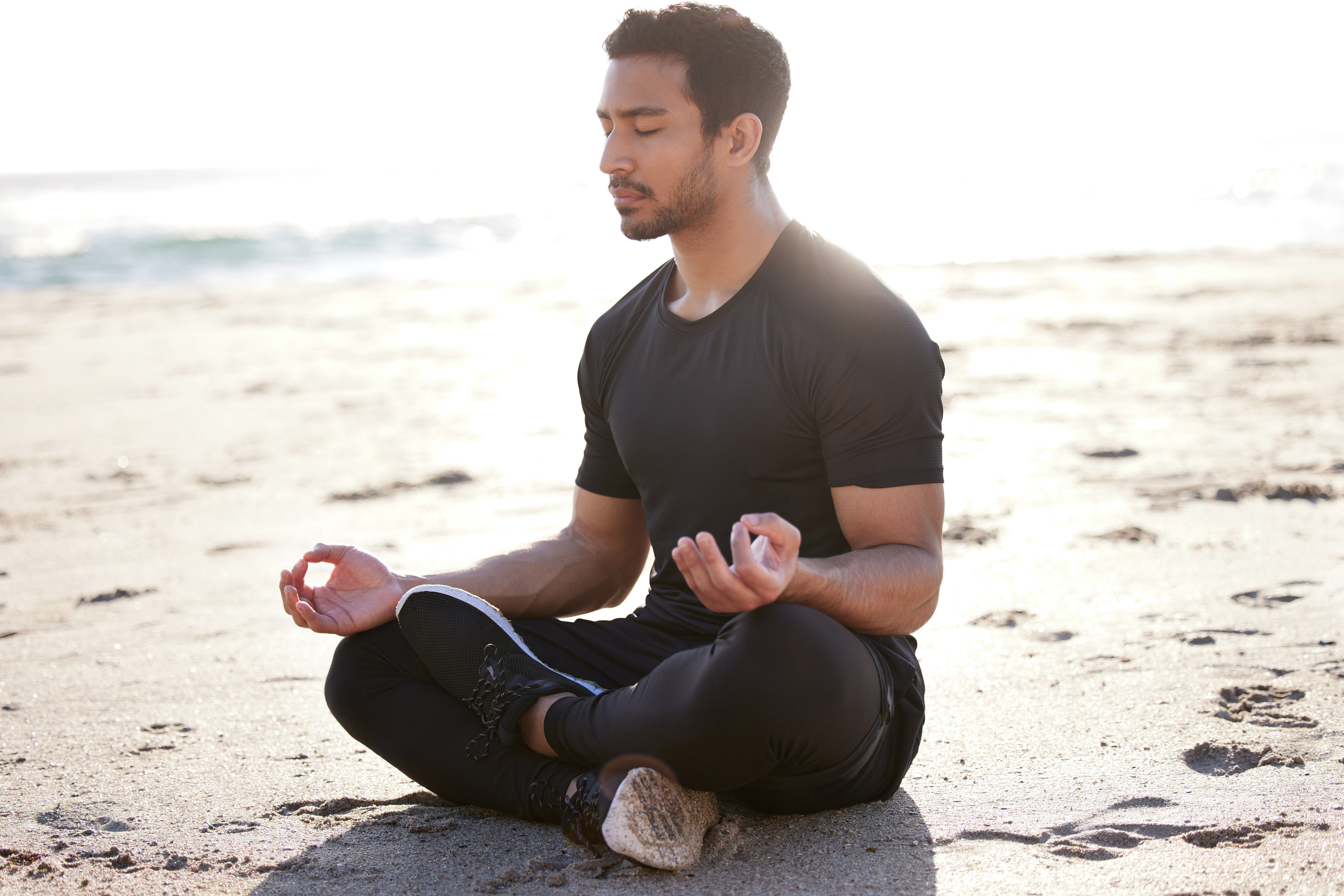
In today’s fast-paced world, stress has become an all-too-common companion. Fortunately, mindfulness and meditation offer effective ways to manage and reduce stress. Whether you’re new to meditation or looking to deepen your practice, these ten techniques can help you find peace and improve your mental well-being.
Key Takeaways
- Mindfulness and meditation techniques are effective tools for stress reduction.
- There are various forms of meditation, each with unique benefits.
- Consistency in practice enhances the effectiveness of these techniques.
- Meditation can improve mental health by fostering relaxation and focus.
- These techniques are accessible to beginners and experienced practitioners alike.
Mindfulness Meditation
Mindfulness is a type of meditation in which you focus on being intensely aware of what you’re sensing and feeling in the moment, without interpretation or judgment. Practicing mindfulness involves breathing methods, guided imagery, and other practices to relax the body and mind and help reduce stress.
Engaging in regular mindfulness meditation affords a wealth of benefits for you if you’re seeking to enhance your well-being. By training your attention to remain entirely in the present moment, mindfulness meditation aids in reducing your stress and anxiety. It lets you foster a deeper sense of self-awareness and cultivate a non-judgmental perspective towards your thoughts and emotions.
Finally, this mindful practice offers you an opportunity to step back, reset, and recharge. It enhances your ability to respond to life’s challenges with greater resilience and ease. By integrating this practice into your daily routine, you gift yourself moments of tranquility amidst the rush of your daily life.
Body Scan Meditation
Body scan meditation is a powerful practice that allows you to cultivate deep awareness and connection with your physical body. It is a form of mindfulness meditation that involves systematically scanning through each part of your body, bringing attention to the sensations and experiences that arise without judgment or resistance.
Techniques for Performing Body Scan Meditation
- To perform a body scan, find a comfortable position and close your eyes. You can do this sitting, standing, or lying down. It’s even possible to do whilst walking.
- Focus your attention slowly and deliberately on each part of your body, in order, from toe to head or head to toe.
- Be aware of any sensations, emotions, or thoughts associated with each part of your body.
Through regular practice, body scan meditation can be a valuable addition to your self-care routine, allowing you to nurture yourself from within.
The aim is to stay present in the moment while being aware of your body. This technique can help reduce stress, anxiety, and muscle tension, and improve focus.
Loving-Kindness Meditation
Loving-Kindness Meditation, also called Metta Meditation, is a powerful practice that helps you cultivate unconditional love and compassion for yourself and others. By incorporating this ancient Buddhist and secular technique into your daily life, you can access the boundless well of kindness within you.
Start by finding a quiet space and getting into a comfortable posture. Close your eyes and breathe in love while exhaling any tensions or negative thoughts.
Steps to Practice Loving-Kindness Meditation
- To begin, find a comfortable and quiet space where you can sit undisturbed.
- Close your eyes and take a few deep breaths, allowing your body and mind to rest.
- Gradually, shift your focus to offering loving thoughts and well wishes to yourself. Wish for your own happiness, peace, and well-being.
- As your heart opens, extend these sentiments to loved ones, acquaintances, and even those you find challenging.
- Gradually extend this practice to include yourself, a neutral person, and even someone you find difficult if you feel ready for that.
- Finally, as you come to the end of your practice, allow the feelings of loving-kindness to radiate outwards, encompassing all beings.
This practice allows you to develop empathy and compassion, fostering healing and connection in your relationships. Ultimately, Loving-Kindness Meditation has the potential to transform your life and make a positive impact on the world.
Progressive Muscle Relaxation
Progressive Muscle Relaxation (PMR) is a two-step relaxation practice to reduce stress and build awareness of sensations of tension and deep relaxation in various muscle groups. The first step involves tensing specific muscle groups, and the second step is to relax them, noticing the contrast between tension and relaxation.
To practice PMR, follow these steps:
- Lie down comfortably on your back with your legs straight.
- Close your eyes and start by tensing the muscles in your feet, then relax them.
- Work your way up your body, tensing and relaxing each muscle group in sequence from your feet to your head.
Often it’s only by experiencing muscle tension and letting it go that we become aware of just how much tension our bodies are retaining.
Testing out different programs and even different instructors can be helpful, as relaxation can be an individual thing. Remember, results can take time to see, and most studies find benefits over a span of several weeks to months.
Breath Awareness Meditation
Breath Awareness Meditation is a simple yet powerful technique that can be practiced anywhere, anytime. By focusing on your breath, you connect with your body and mind, promoting self-awareness and overall well-being. This method helps you observe thoughts and emotions without judgment, providing clarity and compassion in your responses to various situations.
How to Practice Breath Awareness Meditation
- Find a Quiet Space: Sit quietly and close your eyes.
- Focus on Your Breath: Direct your attention to your breath as it enters and leaves your body. Notice the natural rise and fall of your chest and abdomen with each inhale and exhale.
- Refocus When Needed: If your mind begins to wander, gently bring your focus back to your breath without any judgment.
- Use Your Breath as an Anchor: Allow your breath to ground you in the present moment.
With each conscious breath, you release tension and bring ease and clarity to your mind. The beauty of mindful breathing is that you can do it anytime, anywhere, without any special equipment or training. It’s a simple yet profound way to restore balance and find peace in your busy life.
Guided Imagery
Guided imagery is a relaxation technique that can be helpful for calming the body, relieving stress, and combatting feelings of anxiety. It involves focusing on positive images in your mind to achieve a state of relaxation.
Steps to Practice Guided Imagery
- Find a Quiet Place: Choose a quiet and comfortable place where you won’t be disturbed.
- Close Your Eyes: Close your eyes and take a few deep breaths to center yourself.
- Visualize a Peaceful Scene: Imagine a serene and peaceful scene, such as a beach, forest, or mountain.
- Engage Your Senses: Try to engage all your senses by imagining the sounds, smells, and textures of the scene.
- Stay in the Scene: Spend a few minutes in this scene, allowing yourself to fully relax.
- Return Slowly: When you’re ready, slowly bring your awareness back to the present moment.
This relaxation technique can quickly calm your body and mind, making it an effective tool for stress relief.
Zen Meditation
Zen meditation, also known as Zazen, is a traditional Buddhist practice that involves seated meditation. Regular Zen meditation practice can enhance concentration and help reduce mind-wandering.
How to Practice Zen Meditation
- Find a Quiet Space: Choose a quiet and comfortable place where you won’t be disturbed.
- Sit Comfortably: Sit on a cushion or chair with your back straight and hands resting on your lap.
- Focus on Your Breath: Pay attention to your breathing, noticing the inhale and exhale.
- Observe Your Thoughts: Allow thoughts to come and go without attachment or judgment.
- Practice Regularly: Consistency is key to experiencing the benefits of Zen meditation.
Zen meditation has been linked to lower stress levels and improved mental clarity.
Benefits of Zen Meditation
- Stress Reduction: Zen meditation has been linked to lower stress levels.
- Improved Concentration: Enhances focus and reduces mind-wandering.
- Emotional Balance: Promotes a sense of inner peace and emotional stability.
By incorporating Zen meditation into your daily routine, you can cultivate a sense of calm and clarity that permeates all aspects of your life.
Transcendental Meditation
Transcendental Meditation (TM) is a simple, natural technique that involves silently repeating a mantra for 15-20 minutes twice a day while sitting comfortably with the eyes closed. This practice helps to combat accumulated stress and reduces cortisol levels, which is crucial for your physical and mental health.
Benefits of Transcendental Meditation
- Reduces stress and anxiety
- Improves cardiovascular health
- Enhances cognitive function
- Promotes emotional well-being
How to Practice Transcendental Meditation
- Find a quiet place where you won’t be disturbed.
- Sit comfortably with your eyes closed.
- Silently repeat a mantra.
- If your mind wanders, gently return to the mantra.
- Practice for 15-20 minutes, twice a day.
With each conscious breath, you release tension and bring ease and clarity to your mind. The beauty of mindful breathing is that you can do it anytime, anywhere, without any special equipment or training. It’s a simple yet profound way to restore balance and find peace in your busy life.
Yoga Nidra
Yoga Nidra, also known as yogic sleep, is a powerful technique for controlling your body’s relaxation response. This methodical practice combines relaxation and meditation to positively impact one’s physical, mental, emotional, and spiritual well-being in profound ways. It is a state of consciousness between waking and sleeping, induced by guided meditation.
Walking Meditation
Walking Meditation offers a refreshing alternative to seated meditation. It allows you to cultivate awareness and peace while in motion. During this practice, you sync your footsteps with your breath, focusing on the sensations of each step.
To begin, find a quiet place 10 to 20 feet in length, and start to walk slowly. Focus on the experience of walking, being aware of the sensations of standing and the subtle movements that keep your balance. When you reach the end of your path, turn and continue walking, maintaining awareness of your sensations.
Walking meditation is the centuries-old mindful practice of walking with intention. It can reduce anxiety and stress, improve your quality of sleep, and promote a deeper connection to your body. As you walk, pay attention to the sensation of each step, feeling your feet touching the ground. Notice the rhythm of your breath and the subtle movements of your body.
Moreover, walking meditation is highly accessible, as you can practice it anywhere at any time, making it a convenient tool for incorporating mindfulness into your daily life.
Whether you’re in a serene natural setting or amidst the hustle and bustle of a city, Walking Meditation encourages you to embrace the present moment with curiosity. Engaging in this mindful practice helps you connect deeply with your surroundings. It nurtures your mind-body connection and cultivates inner calm.
Conclusion
Incorporating mindfulness and meditation techniques into your daily routine can be a game-changer when it comes to managing stress. These practices not only help in reducing immediate stress but also build resilience over time, allowing you to handle future stressors more effectively. From finding your zen space to practicing conscious breathing, each technique offers unique benefits that contribute to your overall mental well-being. Remember, consistency is key. By dedicating a few minutes each day to these practices, you can significantly improve your mental health and lead a more balanced, stress-free life.
Frequently Asked Questions
What is mindfulness meditation?
Mindfulness meditation involves focusing on the present moment without judgment. It helps in reducing stress by promoting a state of calm and awareness.
How does body scan meditation help in stress reduction?
Body scan meditation involves mentally scanning your body for areas of tension. It helps in releasing physical stress and promoting relaxation.
What is loving-kindness meditation?
Loving-kindness meditation focuses on developing feelings of compassion and love towards oneself and others. It helps in reducing negative emotions and stress.
Can progressive muscle relaxation reduce stress?
Yes, progressive muscle relaxation involves tensing and then slowly relaxing each muscle group. This technique helps in reducing physical tension and stress.
How does breath awareness meditation work?
Breath awareness meditation involves focusing on your breathing patterns. It helps in calming the mind and reducing stress by promoting deep and relaxed breathing.
What is guided imagery and how does it reduce stress?
Guided imagery involves visualizing calming and peaceful scenes. This technique helps in reducing stress by diverting the mind from stressful thoughts and promoting relaxation.




